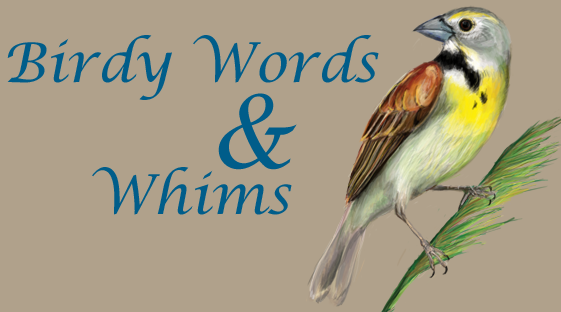 Dickcissel juvenile
Dickcissel juvenile 
Dickcissel
A funny story is that we caught a few female House Sparrows last summer in Wisconsin, and we sort of guessed that they were Dickcissels at first since we had never caught a House Sparrow before. Sure, there is no question what's a House Sparrow when you see one on a city block, but a bird in the hand can sometimes be deceiving! If you look at the below picture of a female House Sparrow, you can see that they do look a little similar. Oh, the joys of little brown birds..

Female House Sparrow
This week, we got to band our first woodpeckers at Camp Bowie!

Ladder-backed Woodpecker, juvenile
We actually got two Ladder-backed Woodpeckers (mother and juvenile) in the same net at Stonehouse and two again the next day at Mesquite.

This is a juvenile because of the red tipped feathers on the head. The adult male has much more extensive red on the head.
From the back, you can see the woodpecker's pointy tail feathers. These feathers are much stronger and stiffer on woodpeckers than for other birds so they can use them to balance on the side of a tree.
We had another new visitor to the nets this week which was a complete surprise. It was a female black-and-white Warbler! We thought we were completely done banding warblers for the season, but I guess not. For the most part, warblers that we had the chance of seeing only migrate through Texas on their way much further north. But according to the B&W Warbler's range map there is a little spot in central Texas where they breed.

Female Black-and-white Warbler (photo taken during training)
For now, I have a couple days off, but hopefully there will be some more new birds next week!




No comments:
Post a Comment